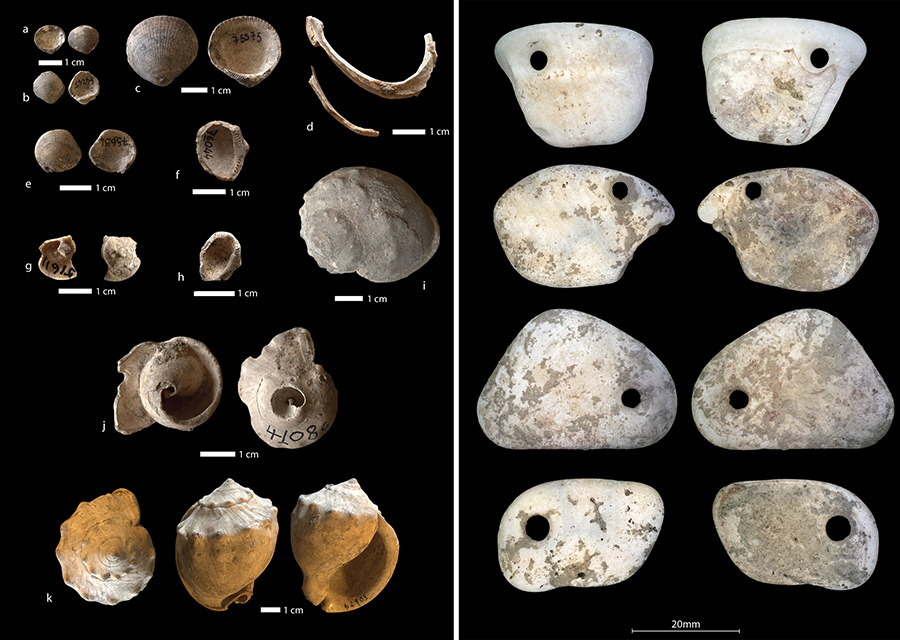Evidence found in South African caves and other sites show that early modern humans began to manipulate natural materials for carrying water, ornamentation, and possibly symbolic uses.
An innovation characteristic of early modern humans is the production of water flasks out of ostrich eggs. Modern hunter-gatherers use these to carry water and even store it for the future in areas that get really dry. The earliest evidence for this is on the west coast of South Africa dating to about 70,000 years ago.

